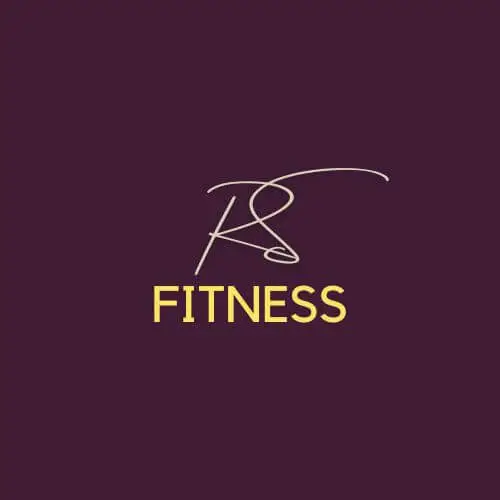While thirst can guide us when to drink, it might not be the most reliable indicator during exercise, particularly for extended durations or in hot environments. Optimal hydration involves maintaining and even slightly expanding our blood volume. This requires a proactive approach to hydration—drinking before feeling thirsty and ensuring electrolytes are part of the hydration process. This strategy supports not only health but also the potential for improved exercise performance and recovery.
Introduction
When you’re putting in a lot of effort to improve your fitness, but it seems like you’re not making progress, there could be something you’re missing in your nutrition. You know how drinking water is essential, right? Well, there’s something else just as important called electrolytes. These are minerals that help your muscles and body function properly. If you don’t have enough of them, you might feel tired and not perform as well in your workouts. So, it’s not just about drinking water; it’s also about making sure you’re getting enough of these important minerals to keep your body working its best!
Understanding Electrolytes
Electrolytes, including minerals like sodium, potassium, and magnesium, are the unsung heroes of our body’s hydration process. They regulate nerve and muscle function, balance blood acidity and pressure, and help rebuild damaged tissue. Their primary job is to maintain the balance of fluids inside and outside of cells, ensuring that our bodies function optimally. An imbalance, whether it’s dehydration or overhydration, can significantly affect your health and athletic performance.
The Impact of Electrolytes on Your Workout
For fitness enthusiasts, the role of electrolytes cannot be overstated. They improve endurance and strength, allowing you to work out longer and harder. They’re also crucial for preventing cramps and heat-related issues, common obstacles in achieving fitness goals. Moreover, for post-exercise recovery, adequate electrolyte levels are necessary to replenish what’s lost through sweat, helping your body recover faster and more efficiently.
Sources of Electrolytes
While sports drinks and supplements are convenient sources of electrolytes, they’re not the only options. Natural sources such as fruits and vegetables—bananas, avocados, spinach, and nuts—are rich in these essential minerals. It’s important to choose electrolyte sources wisely, as not all supplements and sports drinks are created equal. A balance of electrolytes, without excessive sugar, is crucial for effective hydration and health.
Incorporating Electrolytes into Your Fitness Routine
Balancing electrolyte intake is as essential as the workouts themselves. Being mindful of signs of electrolyte imbalance, such as fatigue, dizziness, and muscle cramps, can help you adjust your intake accordingly. Since individual needs vary based on factors like workout intensity, duration, and environmental conditions, it’s important to personalize your electrolyte strategy. This might mean adjusting the amount of water you drink or increasing your intake of electrolyte-rich foods and supplements.
Conclusion
Electrolytes play a pivotal role in not just surviving your workouts but thriving in them. They are key to pushing past barriers, reaching new fitness milestones, and ensuring your body recovers and rebuilds more effectively. By understanding and proactively managing your electrolyte intake, you’re setting the stage for enhanced performance, better health, and a more successful fitness journey. Remember, every step towards balancing your electrolytes is a step towards achieving your ultimate fitness goals.
